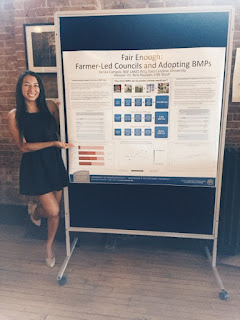Phosphorus is one of the key elements necessary for the growth of plants and animals and in lake ecosystems it tends to be the growth-limiting nutrient. In plants, phosphorus is essential for photosynthesis, respiration, seed production, root growth and other critical functions. Phosphorus in animals is critical for proper bone and muscle growth, metabolism, reproduction, and overall animal performance. Phosphorus (P) largely limits phytoplankton growth in freshwater systems. Excessive P loading into lakes and reservoirs can lead to cyanobacteria blooms and potential toxicity.
Reservoirs are impoundments of large rivers that drain extensive watersheds, advective flow, flushing rate, and residence time can also regulate phytoplankton dynamics. For instance, during storm runoff and elevated flow, residence time can decrease to less than a week, while flushing rate increases. Even though soluble P loading can be high and available for phytoplankton uptake during these periods, rapid flushing that exceeds the algal growth rate can lead to anomalously low chlorophyll in the reservoir due to washout of the algal community. During lower flow, residence time increases, while flushing rate decreases. Anticedent P loads assimilated by phytoplankton during these periods can result in bloom development and chlorophyll increases because the phytoplankton doubling time now exceed flushing rate.


